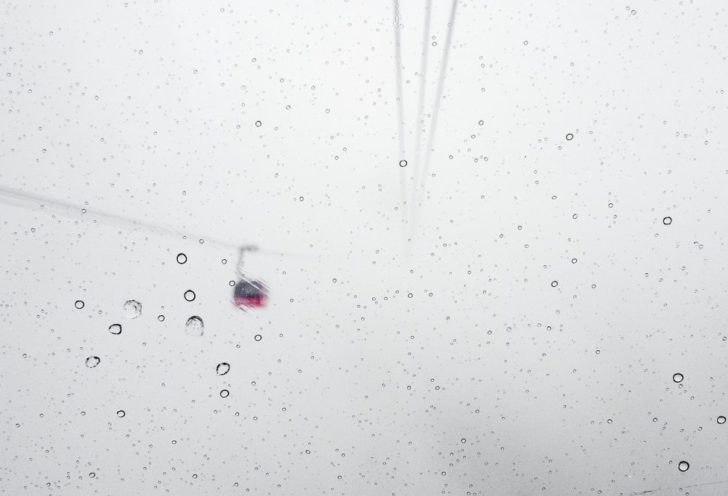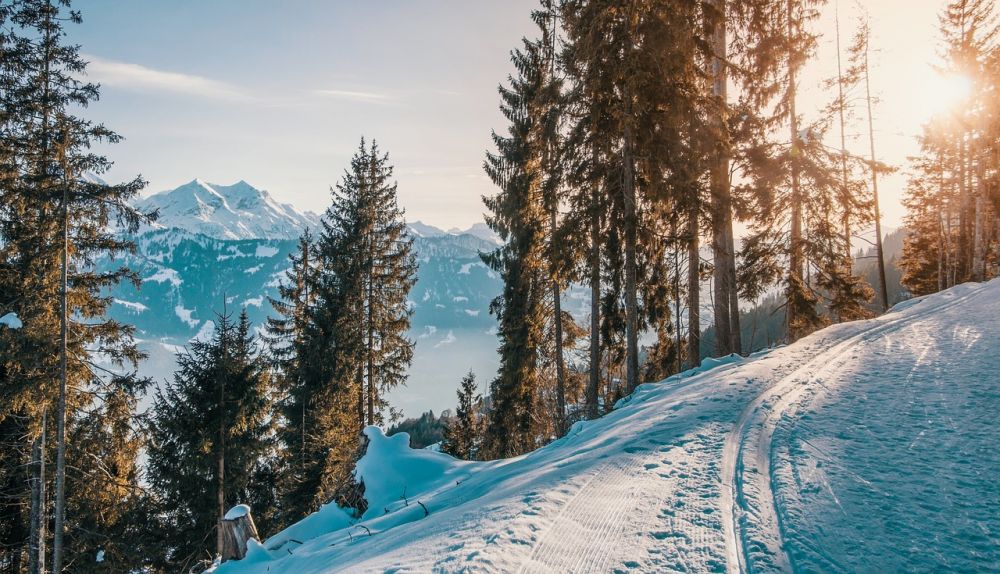Extreme skidor: Exploring the Thrills of the Slopes

Extreme Skidor: Exploring the Thrills of the Slopes
Introduction to Extreme Skidor

When it comes to winter sports, skiing has always been a popular choice for thrill-seekers. However, for those who crave an adrenaline rush and want to push their skills to the limit, extreme skidor offers a whole new level of excitement. In this comprehensive article, we will delve into the world of extreme skidor, covering its definition, various types, popularity, quantitative measurements, differences between them, and a historical overview of their pros and cons.
Defining Extreme Skidor
Extreme skidor refers to a subset of skiing that involves tackling challenging terrains, such as steep slopes, cliffs, and off-piste runs. Unlike traditional skiing, extreme skidor requires advanced skills, physical fitness, and a willingness to take risks. Its primary focus is on speed, technical maneuvers, and conquering difficult obstacles on the mountain.
Types of Extreme Skidor
There are different types of extreme skidor, each catering to specific preferences and skillsets. Some popular forms include:
1. Freeride Skidor:
This type of extreme skiing takes place outside of prepared pistes, allowing skiers to explore untouched powder and natural terrain. It requires excellent navigation skills, a good sense of judgment, and the ability to read the mountain.
2. Freestyle Skidor:
A fusion of skiing and acrobatics, freestyle skiing combines jumps, spins, and tricks performed on specially designed terrain parks. Skiers showcase their skills and creativity while competing in events like halfpipe and slopestyle.
3. Big Mountain Skidor:
Also known as ”extreme freeriding,” big mountain skiing involves conquering vast, untamed mountainsides and tackling massive drops. Skiers aim for big airs, challenging lines, and incredible speed while showcasing their technical ability.
Popularity of Extreme Skidor
Extreme skidor has gained significant popularity over the years. Its appeal lies in the exhilarating experiences it offers, pushing the boundaries of what is possible on skis. With the rise of social media and the ability to capture and share breathtaking videos and photos, extreme skidor has become more accessible and captivating to a broader audience. Professional athletes and influencers play a significant role in popularizing the sport and inspiring others to take on these adrenaline-fueled adventures.
Quantitative Measurements of Extreme Skidor
Extreme skidor is often associated with measuring achievements and pushing limits. Some quantitative measurements relevant to extreme skidor include:
1. Speed: Extreme skidor is characterized by high speeds, and measuring the top speed achieved during a descent can be an exciting factor for athletes and spectators alike.
2. Vertical Drop: The vertical drop, or the difference in elevation between the starting and finishing points of a run, is another significant measurement in extreme skidor. Longer and steeper drops present greater challenges and rewards.
3. Airtime: For freestyle skiers, airtime, or the duration spent airborne during a jump, is an essential measurement. Skiers aim to perform impressive tricks while maximizing their time in the air.
[
: Insert a captivating video showcasing extreme skidor highlights, demonstrating the exhilarating nature of the sport.]
Differences Between Various Extreme Skidor Types
While extreme skidor encompasses multiple types, each has its unique characteristics that set them apart. These differences include:
1. Terrain: Freeride skidor predominantly takes place off-piste, exploring natural terrain, whereas freestyle skidor requires specially designed terrain parks. Big mountain skidor involves conquering vast unmarked mountainsides.
2. Focus: Freeride skidor focuses on finding the best lines and navigating challenging natural obstacles. Freestyle skidor emphasizes tricks, jumps, and acrobatics. Big mountain skidor is centered around maneuvers on large-scale, untamed terrain.
Historical Overview of Pros and Cons of Extreme Skidor
Throughout the evolution of extreme skidor, pros and cons have emerged for each type:
1. Freeride Skidor:
Pros: Allows exploration of untouched powder, offers the thrill of conquering unmarked territory, provides unique scenery.
Cons: Pose higher risks due to hidden obstacles, requires exceptional avalanche awareness and backcountry skills.
2. Freestyle Skidor:
Pros: Offers artistic expression and creativity, allows for the progression of tricks and combinations, fosters a sense of community among riders.
Cons: Freestyle parks may be crowded and present collision risks, potential for injuries due to high-impact maneuvers.
3. Big Mountain Skidor:
Pros: Conquering large-scale, untamed terrain, the adrenaline rush of dropping from massive cliffs, potential for breathtaking views.
Cons: Increased exposure to avalanches and difficult access points, requires expert navigation and risk assessment skills.
Conclusion
Extreme skidor provides thrill-seekers with an unmatched adrenaline rush and an opportunity to conquer challenging terrains. With its various types, ranging from freeride to freestyle and big mountain, there is something for everyone looking to push their limits on skis. Whether it is the untouched powder, acrobatics in terrain parks, or big mountain descents, extreme skidor offers a thrilling experience that captivates both participants and spectators alike. So, get ready to put on your skis, embrace the exhilaration, and venture into the world of extreme skidor.





















